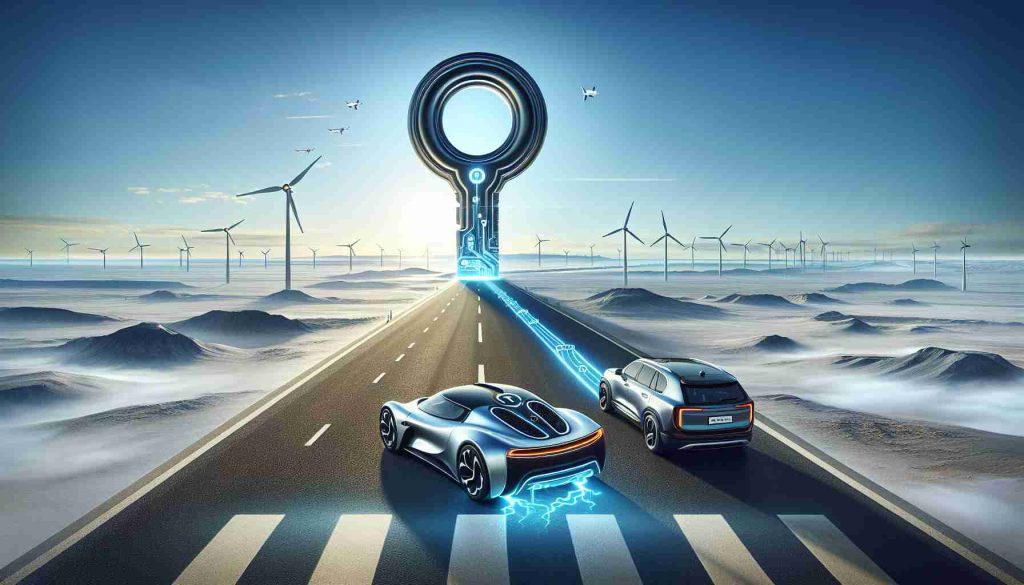- The Candela P-12 is the first hydrofoil electric ferry, offering a revolutionary commuting experience over water.
- It features 30 seats and operates with advanced computer-controlled hydrofoil wings for a smooth ride.
- Demonstrated stability, it successfully navigated harsh conditions with 31 mph winds and 2-meter swells.
- Passengers enjoy a serene journey, contrasting starkly with traditional support vessels.
- It reduces commute time significantly, covering 9 miles in just 30 minutes, while also lowering emissions.
- Launched in late 2024, it supports rapid charging at harbors, allowing for all-day operation.
- The Candela P-12 represents a blend of innovation, sustainability, and improved public transport experience.
Prepare to be amazed by the Candela P-12, the world’s first hydrofoil electric ferry that is transforming commuting over water! Equipped with cutting-edge computer-controlled hydrofoil wings, this 30-seat marvel lifts effortlessly above the waves, ensuring a ride that is not only smooth but also eco-friendly.
But how does it perform when nature throws a tantrum? Recently, the Candela P-12 braved whipping winds of 31 mph and swells of 2 meters (6.5 feet) in the Baltic Sea, showcasing its impressive capabilities. Captured on video, the ferry maintained its serene gliding motion amid tumultuous waters, leaving onlookers in awe as they observed fellow passengers enjoying the ride with stunning tranquility.
Imagine the contrast: while a support boat bounced wildly in the waves, those aboard the Candela still experienced a remarkably smooth journey. It’s a game changer for public transport. From a 30-minute journey covering a distance of 9 miles to greatly reduced emissions, the Candela P-12 is rewriting the future of urban travel.
Since its launch in late 2024, this ferry has represented both innovation and sustainability, offering cost-effective commutes while enhancing the passenger experience. With rapid charging capabilities at every harbor, it operates all day, ensuring convenient travel through bustling waterways.
In a world where speed and comfort are paramount, the Candela P-12 is leading the charge. So, if you thought ferries were outdated, think again—this high-tech vessel is the future cruising on water! Are you ready to take the plunge?
Riding the Wave of Innovation: Discover the Future of Water Travel with the Candela P-12!
The Candela P-12: Revolutionizing Water Commuting
The Candela P-12 is more than just a ferry; it’s a technological marvel that redefines urban commuting over water through its advanced hydrofoil technology and eco-friendly design. But there’s more to this vessel than meets the eye.
Key Features of the Candela P-12
1. Eco-Friendly Design: The Candela P-12 uses electric propulsion, significantly reducing carbon emissions compared to traditional diesel ferries.
2. Hydrofoil Technology: The computer-controlled hydrofoil wings lift the ferry above water, minimizing drag and providing a smooth ride even in challenging weather conditions.
3. Impressive Capacity: Accommodating up to 30 passengers, the P-12 is designed for urban transport, making it ideal for city waterways.
4. Rapid Charging: With charging capabilities at every harbor, it ensures that the ferry can efficiently manage all-day operations.
5. Sphere of Operation: Initial routes have been established in urban areas with high water traffic, showing the potential for expanded use in regions with significant waterfront commutes.
Market Insights and Future Trends
As cities seek more sustainable transport solutions, the demand for innovative vessels like the Candela P-12 is set to rise. According to market analysts, the electric ferry market is expected to experience a compound annual growth rate (CAGR) of 12% through 2028 due to increasing government regulations aimed at reducing emissions and enhancing public transport efficiency.
Pros and Cons of the Candela P-12
Pros:
– Environmental Sustainability: Lower emissions than traditional ferries.
– Smooth Ride: Less movement during turbulent weather.
– Enhanced Passenger Comfort: Quiet and stable travel experience.
Cons:
– Initial Cost: Advanced technology can lead to higher upfront costs.
– Limited Range: While effective for urban routes, longer distances might require more charging stops.
Important Questions
1. How does the Candela P-12 perform under tough weather conditions?
– The Candela P-12 has been tested in winds of up to 31 mph and waves of 6.5 feet, maintaining a smooth ride and high stability, even while neighboring vessels struggled, showcasing its advanced hydrofoil technology.
2. What are the operational costs compared to traditional ferries?
– While the initial investment in the Candela P-12 might be higher due to its innovative technology, operational costs are significantly lower due to electric propulsion and reduced fuel consumption, leading to long-term savings.
3. What is the global perspective on electric ferries?
– With increasing awareness around climate change and urban mobility, many cities around the globe are investing in electric ferries to enhance their public transport systems and reduce environmental impacts.
Conclusion
The Candela P-12 stands at the forefront of a water transport revolution. Its combination of innovative technology and eco-friendly solutions presents a promising glimpse into the future of commuting over water. As urbanization continues and traditional transport faces scrutiny, ferries like the P-12 could very well become the norm in smart city planning.
For more information about innovative transport solutions, visit Candela.
















